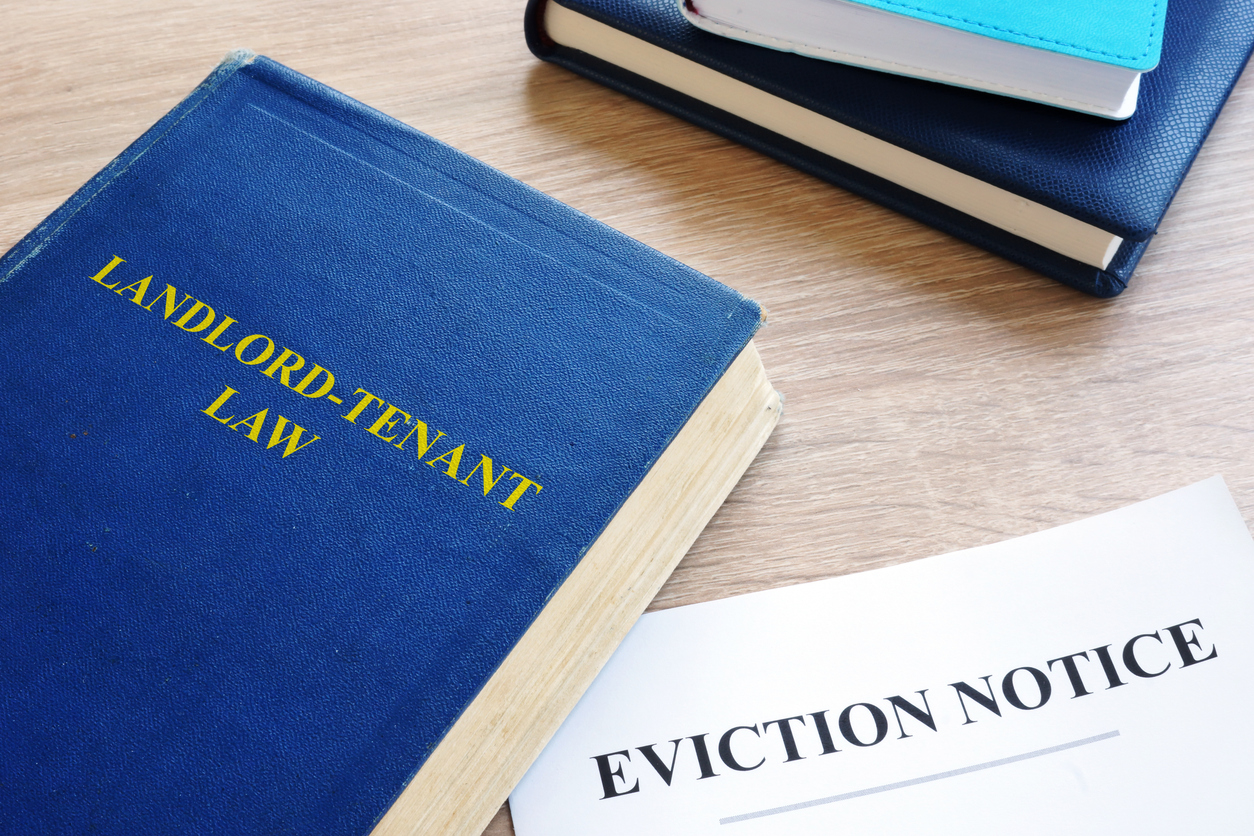When a tenant breaks the rules of a lease, a Texas landlord has the right to take back their property through an eviction process. Texas law sets clear guidelines to help both parties understand their rights and responsibilities. This article explains how the eviction process works, what steps a landlord should take, and offers guidance based on official government sources.
Overview of Texas Landlord Rights
In Texas, landlords have the right to regain control of their property if a tenant violates the lease agreement. This can happen if rent is not paid, if there is damage to the property, or if other lease rules are broken. However, landlords must follow specific steps set out in the Texas Property Code. You can read more about these laws on the Texas Property Code website.
It is important to follow the legal process carefully. If a landlord does not adhere to the required steps, the eviction case might be delayed or even dismissed. Both landlords and tenants deserve a process that is fair and clear.
How the Eviction Process Works in Texas
The eviction process in Texas is explained in Chapter 24 of the Texas Property Code. The process usually begins when a tenant has breached the lease agreement. Many lease agreements require that a tenant receive a written notice before eviction actions can begin.
A common step is to serve a written notice to the tenant. While Texas law does not always specify a set notice period, many leases call for a 3-day notice for issues like nonpayment of rent. For more details on notice requirements, visit the Texas Attorney General’s website.
If the tenant does not fix the issue or leave the property after the notice period, the landlord may file an eviction suit. In Texas, this suit is known as a “forcible entry and detainer” action. The case is then scheduled for a court hearing, where both sides can present their evidence.
Steps to Take as a Landlord
Here are the main steps to follow if you need to evict a tenant in Texas:
- Review Your Lease Agreement:
Read the lease carefully to confirm that the tenant’s actions are a violation of the agreement. The lease will usually include details about notice periods and valid reasons for eviction. - Serve a Written Notice:
Provide the tenant with a written notice that states the issue and informs them that eviction proceedings will start if the problem is not resolved. Make sure you follow the notice rules found in the lease and the Texas Property Code. For further reading, check Texas Property Code, Chapter 24. - File an Eviction Suit:
If the tenant does not comply with the notice, file an eviction suit in the proper Texas court. Filing on time and with accurate details is key to keeping the process on track. - Attend the Court Hearing:
At the hearing, both you and the tenant will have a chance to share your side of the story. It is a good idea to bring copies of the lease, the written notice, and any other records or communications that support your case. - Obtain a Writ of Possession:
If the court rules in your favor, you will receive a writ of possession. This legal order allows law enforcement to remove the tenant if they do not leave on their own.
Important Legal Considerations
It is important to stick to the legal process at every step. Do not try to force the tenant out by changing locks, shutting off utilities, or removing their belongings without a court order. Such actions are against the law and can result in legal trouble for the landlord. More information on legal procedures is available on the Texas Judicial Branch website.
Keeping detailed records throughout the process is also a good idea. Documents like the lease, copies of all notices, and any communication with the tenant can help if the case is challenged in court. Being up-to-date with any changes in local or state laws is important because these rules can change over time.
By following these steps and knowing the laws, landlords can handle the eviction process with more confidence and care. This helps ensure that the process is fair and that both the landlord’s and tenant’s rights are respected.
Trusted Legal Help for Texas Landlord Rights and Eviction Processes
If you are dealing with a tenant eviction or need help understanding Texas landlord rights, getting the right legal support can make a big difference. The Law Office of Kyle J. Moore, PLLC is here to assist with landlord concerns, including the eviction process, and can also help with other legal matters such as personal injury, insurance law disputes, and general civil litigation.
Whether you need guidance on reclaiming your property or support in other legal challenges, the team at The Law Office of Kyle J. Moore, PLLC is ready to provide clear advice tailored to your situation. Visit The Law Office of Kyle J. Moore, PLLC or call today to get the help you need to manage your legal issues smoothly and fairly.
